DMR vs. Yaesu System Fusion vs. DSTAR: A Comprehensive Look for SHTF Scenarios
In today’s world, communication is more important than ever, especially in situations where emergencies arise or when the unthinkable happens—commonly referred to as SHTF (Shit Hits The Fan) scenarios. For amateur radio enthusiasts and preppers alike, understanding the strengths and weaknesses of various digital communication protocols is crucial. This blog post will delve into three popular digital modes: DMR (Digital Mobile Radio), Yaesu System Fusion, and DSTAR (Digital Smart Technologies for Amateur Radio), focusing on their operational security, especially in terms of encryption and overall effectiveness in SHTF situations.
Table of Contents
- Introduction to Digital Modes
- DMR: Overview and Features
- Yaesu System Fusion: Overview and Features
- DSTAR: Overview and Features
- Operational Security and Encryption
- Comparative Analysis for SHTF Scenarios
- Conclusion
1. Introduction to Digital Modes
Digital communication has revolutionized amateur radio, offering clarity and functionality that analog systems cannot match. In SHTF scenarios, where reliable communication is essential, understanding the advantages and disadvantages of each digital mode can greatly influence operational success.
2. DMR: Overview and Features
What is DMR?
DMR is a digital radio standard that operates in the UHF and VHF bands. Originally developed for commercial use, it has gained popularity among amateur radio operators due to its efficient use of bandwidth and robust features.
Key Features of DMR
- Time-Division Multiple Access (TDMA): This allows two conversations to occur simultaneously on the same frequency.
- Clear Audio Quality: Digital modulation provides clearer audio over longer distances, which is crucial during emergencies.
- Group Calls: DMR supports both private and group calls, allowing for flexible communication.
- Text Messaging: The ability to send text messages can be a game-changer when voice communication is not possible.
3. Yaesu System Fusion: Overview and Features
What is Yaesu System Fusion?
Yaesu System Fusion (YSF) is another digital communication system that combines both analog and digital functionality. It was designed to simplify the transition from analog to digital and is well-regarded for its user-friendly approach.
Key Features of YSF
- Automatic Mode Switching: The system can automatically switch between analog and digital modes based on incoming signals.
- Digital Group Mode: This feature allows multiple users to communicate on a single frequency without interference.
- Simple Configuration: YSF’s interface is intuitive, making it accessible for newcomers.
- Enhanced Audio Quality: Like DMR, YSF offers excellent audio quality, vital for emergency communications.
4. DSTAR: Overview and Features
What is DSTAR?
DSTAR is a digital communication protocol developed by the Japan Amateur Radio League (JARL). It emphasizes internet connectivity alongside traditional radio communication.
Key Features of DSTAR
- Gateway Access: DSTAR can connect to the internet, allowing for worldwide communication.
- Digital Voice and Data: DSTAR can transmit both voice and data packets, offering versatility.
- Built-in GPS Support: This feature is useful for location tracking, which can be critical during disasters.
- Reflectors: DSTAR has a unique system of reflectors, allowing for extended communication networks.
5. Operational Security and Encryption
In SHTF scenarios, operational security (OPSEC) becomes paramount. The ability to secure communications can mean the difference between safety and exposure.
DMR and Encryption
DMR allows for the implementation of encryption, but this is typically done at the commercial level. Amateur operators can use encryption, but they must adhere to legal regulations regarding the use of encoded transmissions. This can limit its application in amateur settings.
Yaesu System Fusion and Encryption
YSF does not natively support encryption. However, its hybrid nature of combining analog and digital signals can make it more challenging to intercept communications, although not entirely secure.
DSTAR and Encryption
DSTAR does not support encryption either. Like YSF, it can be more difficult to intercept due to its unique digital protocols, but operators should be aware that data can be vulnerable to eavesdropping.
6. Comparative Analysis for SHTF Scenarios
Reliability and Range
DMR tends to have a superior range due to its TDMA technology, making it a strong choice for long-distance communications. YSF and DSTAR have solid ranges as well, but they can be more affected by interference and terrain.
User Accessibility
YSF is often regarded as the most user-friendly, making it an excellent choice for newcomers. DMR has a steeper learning curve, but the benefits of its features can outweigh the initial difficulty. DSTAR offers unique capabilities but may require additional setup due to its gateway systems.
Flexibility in Communication
DMR shines with its group call features, while YSF and DSTAR offer flexible communication options as well. However, DSTAR’s gateway access makes it particularly valuable for establishing broader communication networks.
OPSEC Considerations
In terms of operational security, DMR has the edge with the potential for encryption, despite its legal restrictions. YSF and DSTAR offer less in terms of security, making them more vulnerable in a true SHTF scenario.
7. Conclusion
When it comes to choosing between DMR, Yaesu System Fusion, and DSTAR for SHTF scenarios, each system has its unique strengths and weaknesses. DMR offers the best potential for encryption and range, making it suitable for secure communications. Yaesu System Fusion is accessible and user-friendly, appealing to those who prioritize simplicity. DSTAR provides excellent networking capabilities but lacks encryption.
Ultimately, the best choice depends on individual needs and circumstances. Preppers and amateur radio enthusiasts should consider their specific communication requirements, legal restrictions, and the environment they will operate in when making their decision. Understanding the capabilities and limitations of these digital modes is key to ensuring effective communication when it matters most.


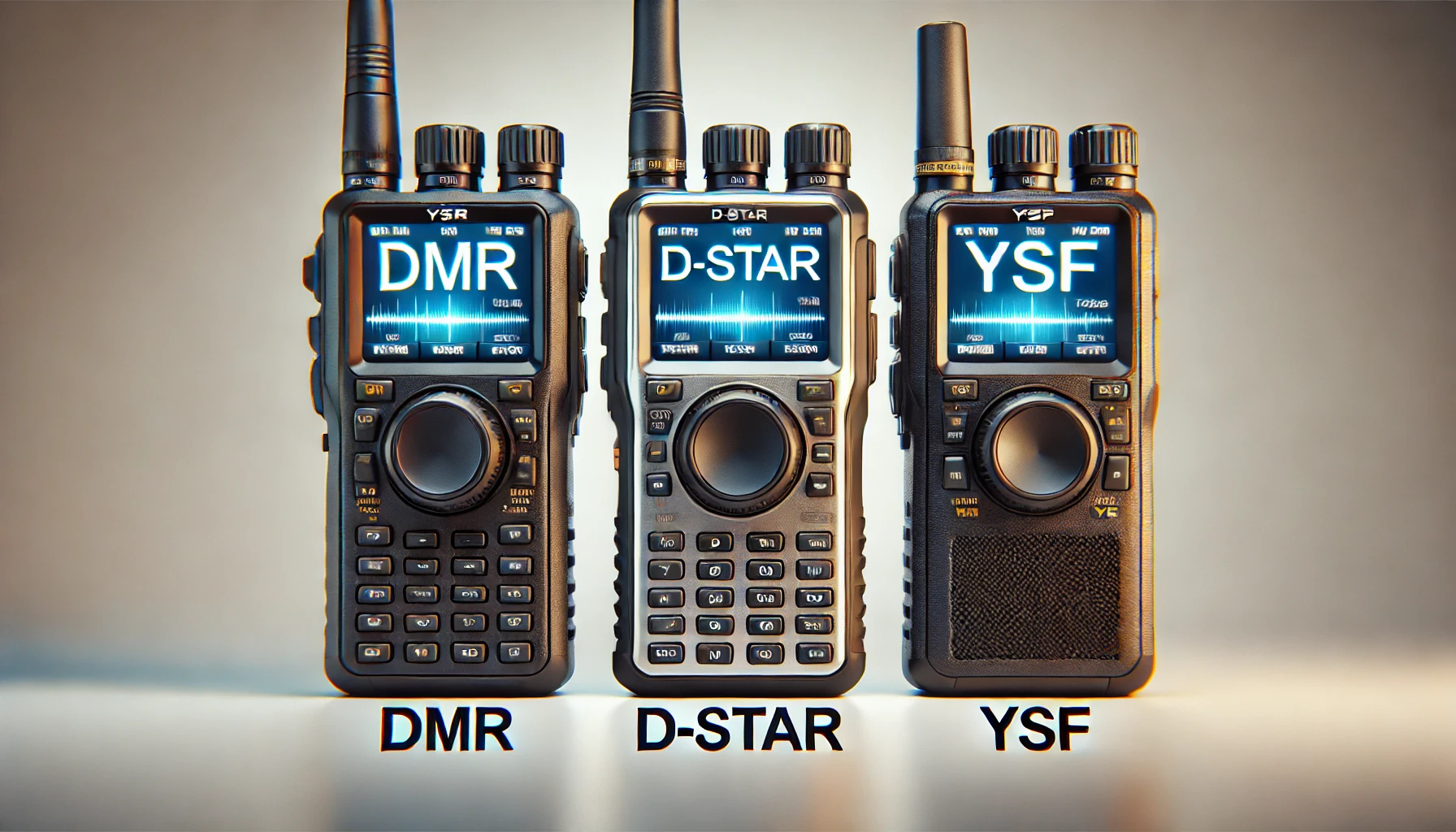
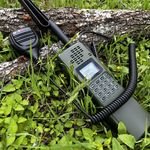






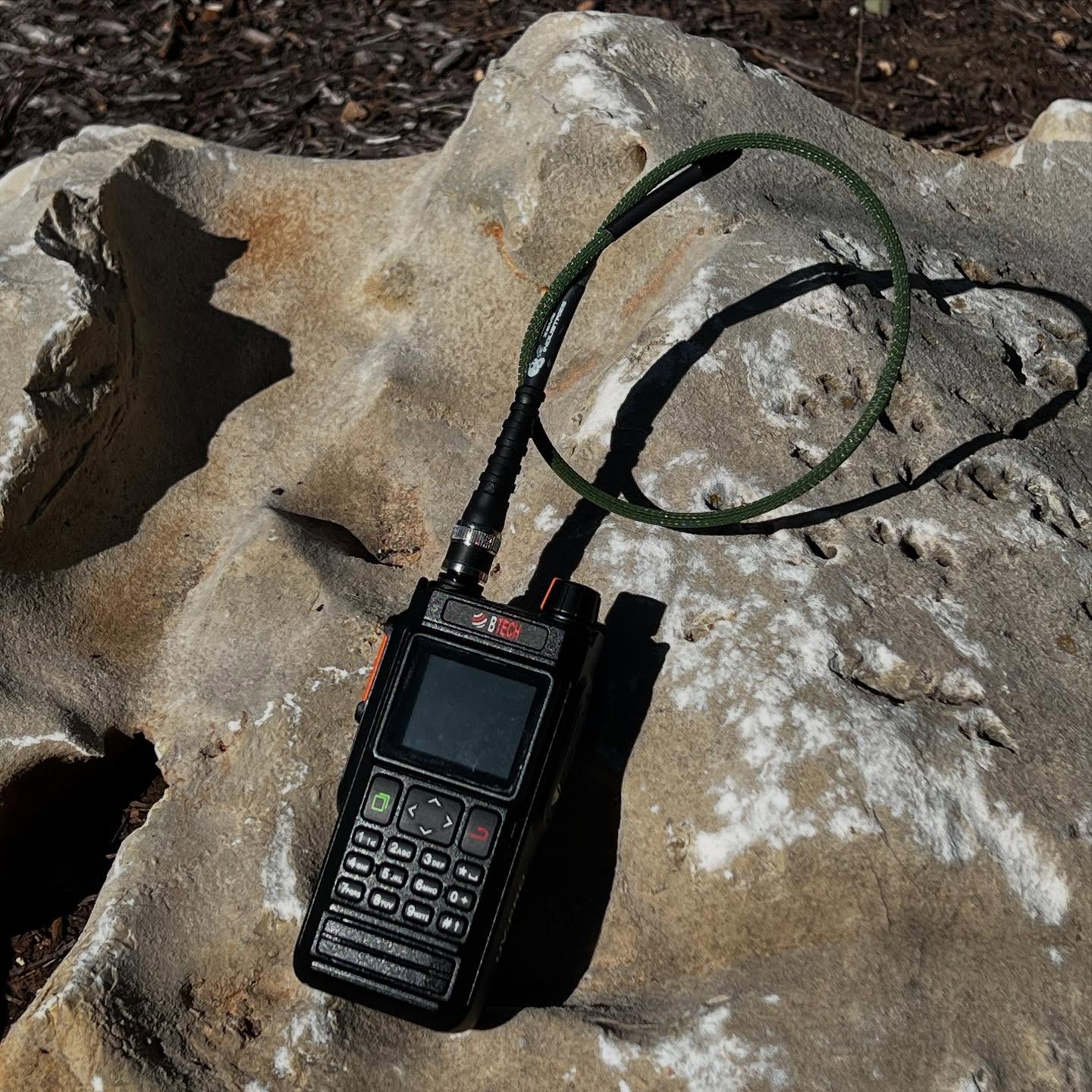
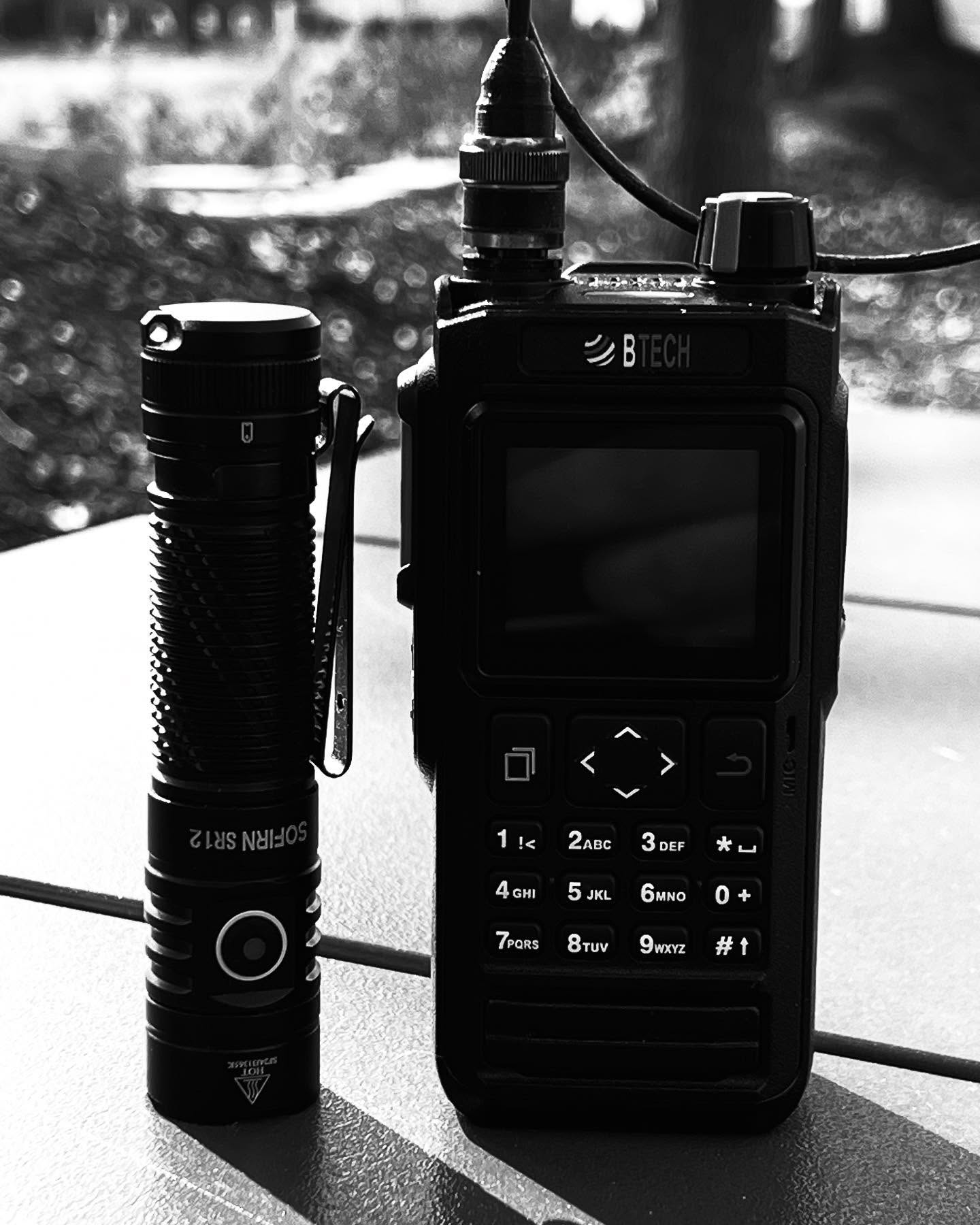



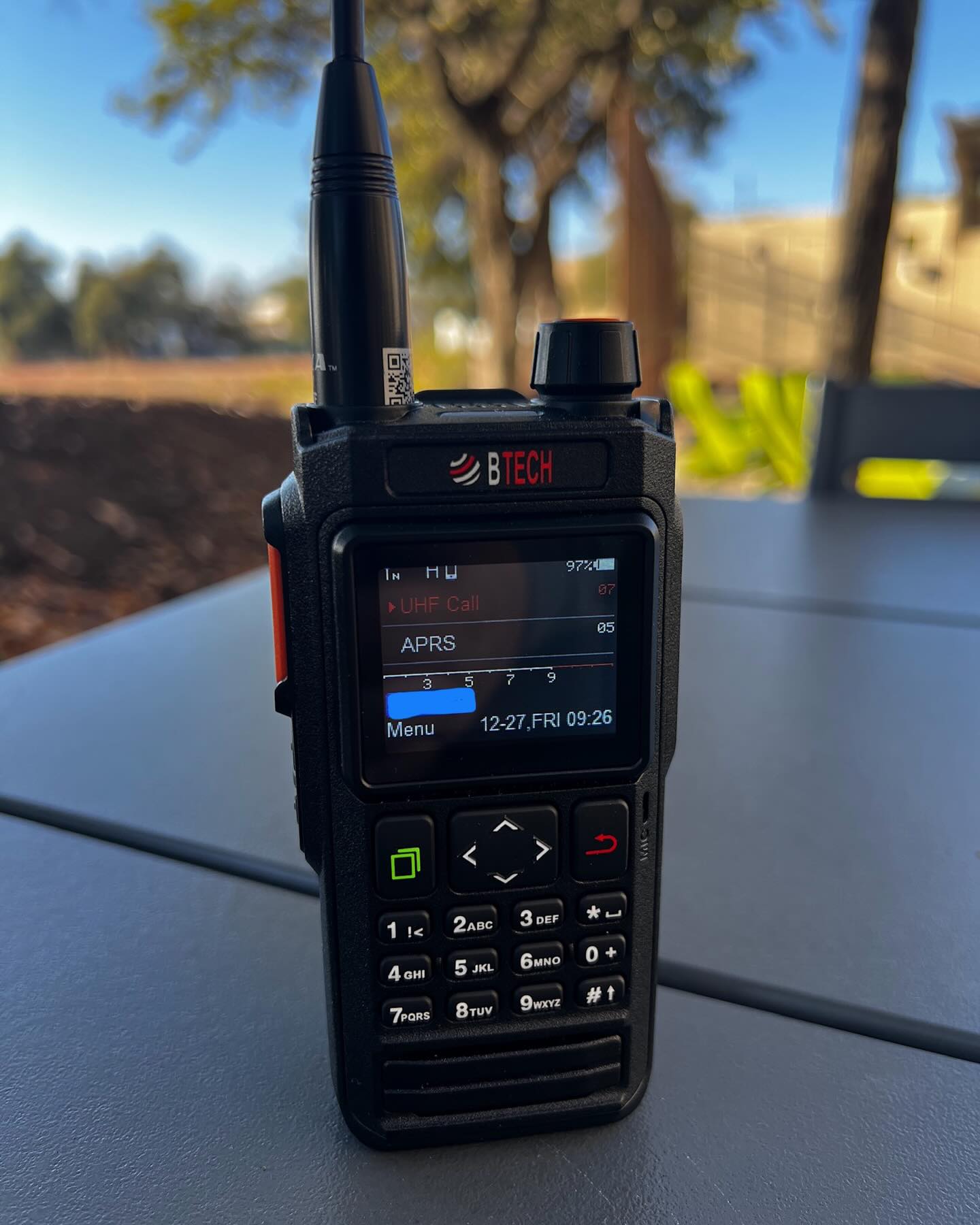


Leave a Reply